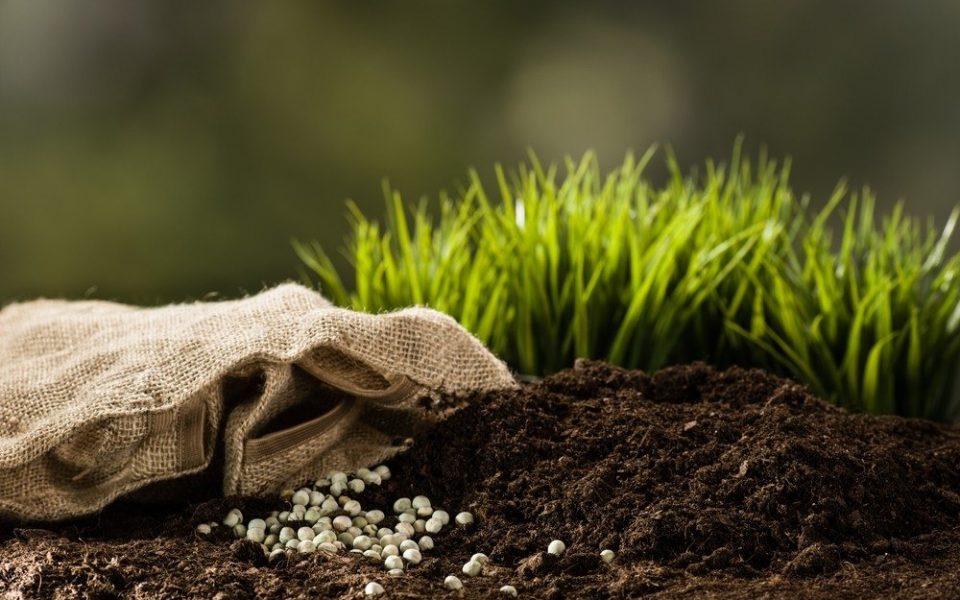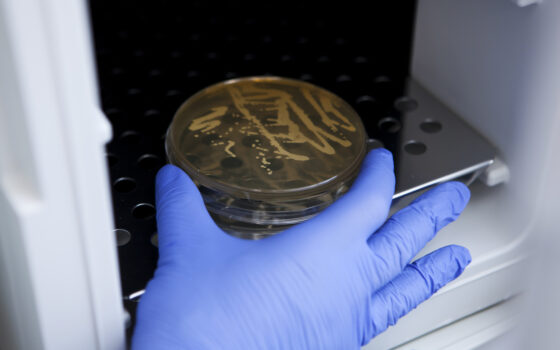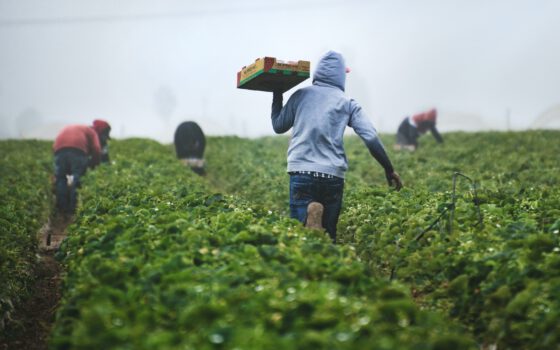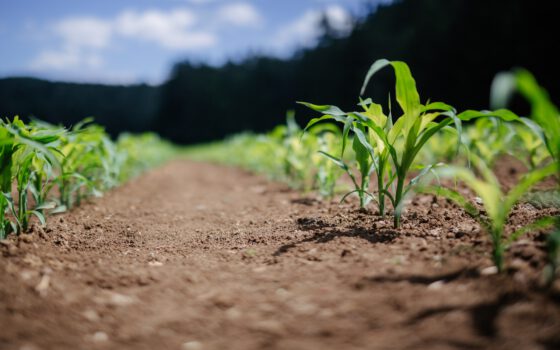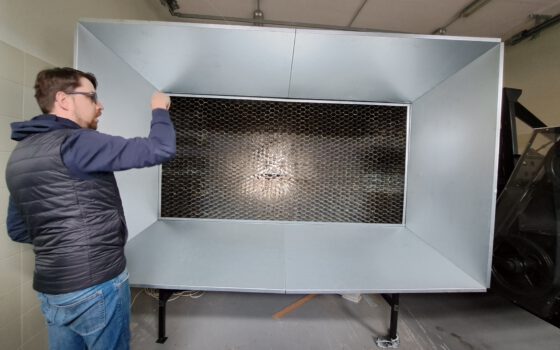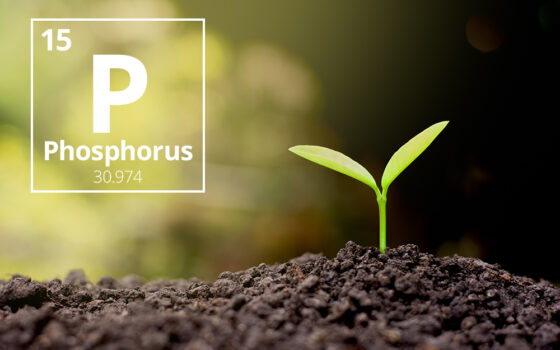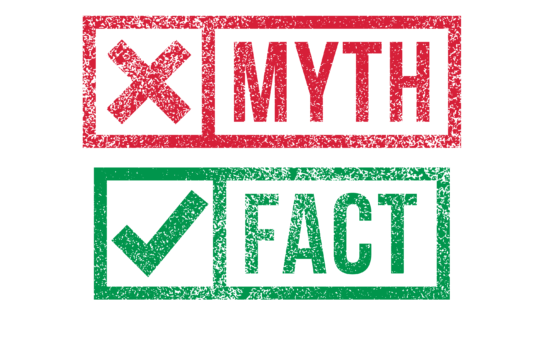Agricultural productivity in Europe has been steadily growing for 30 years, the average cereal yield has doubled over this time and Europe has become the world leader in this segment of agricultural production. However, it is felt that the peak has been reached, and getting an even higher increase in marginal yield is becoming impossible. The main reason for peaking is the decreasing natural potential of the soil and soil erosion. In erosion-sensitive lands in the European Union (agricultural, forest and semi-natural areas), the average soil loss rate is estimated at 2.46 tonnes per hectare per year, resulting in a total soil loss of 970 Mt/year. This problem, which has been discussed for many years, is now at the heart of a new European policy.
The Green Deal will require Member States to reduce the use of mineral fertilisers and plant protection products. However, recent studies and research show that if the only step taken is a reduction in the use of agrochemicals, without changing other farming technologies, overall productivity would decrease. Even a relatively small decrease (up to 20 %) of agricultural production in Europe would disrupt established food supply chains, reduce food availability and raise food prices by up to 80 %. At present, significant increases in mineral fertiliser prices and farmers’ intentions to lower the rate at which they apply fertiliser can already be seen; we will see in 2022 whether the theory simulated in scientific studies, predicting a significant increase in food prices, will be confirmed in practice.
Regulatory pressure and market price anomalies only add to other, long-term pressures related to the availability and efficient use of agrochemicals:
Phosphorus resources are being rapidly depleted and cannot be produced industrially, so prices for extracted phosphorus are quite volatile and increasingly reach extreme highs. These price fluctuations and overall price increases will only grow as we approach the peak of phosphorus resource availability, after which annual extraction will begin to decline. This limit should be reached in the next 40 years. It should be noted that the efficiency of phosphorus added to the soil is already low, plants only absorb up to 20 % of the added phosphorus, the remaining amount is locked into the soil in forms unavailable to plants and eventually leaches into groundwater.
The availability of potassium is directly linked to geopolitical tensions, as more than 70 % of the world’s potassium resources are found in countries where reliable supply cannot be ensured for political reasons.
The dependence of traditional agrotechnology on application of synthetic nitrogen disrupts the natural nitrogen cycle in the soil, inhibits the microorganisms that fix nitrogen from the atmosphere, and reduces the efficiency of nitrogen fertilisers. As with phosphorus fertilisers, significant leaching and evaporation losses occur. The direct linkage to energy resources (especially natural gas) poses additional threats to the availability and price of nitrogen fertilisers.
The solution offered by UAB “Nando”, the product “BioSpektrum WG”, is focused on responding to the challenges posed by this problem. Degraded soils do not contain sufficient useful microorganisms, they must be introduced into the soil in a targeted manner and as efficiently as possible, thus increasing the effectiveness of existing macro and micro elements in the soil as well as any such elements added to the soil.
The product is a complex of microorganisms accelerating all the main processes of plant nutrition and providing basic nutrients, including:
Paenibacillus azotofixans (N) is an atmospheric nitrogen-fixing microorganism that affects nitrogen circulation and reduces nitrogen loss.
Bacillus megaterium (P) is a bacterium that releases phosphorus from insoluble forms. Enzymes, phosphatases and phytases are secreted that mineralise organic P, as well as organic acids, which dissolve phosphorus in an inorganic-mineral form and thus make it available to plants.
Bacillus mucilaginosus (K) is a bacterium that releases potassium from mineral forms.
Bacillus mycoides (Si) is a bacterium that dissolves silicate minerals and releases silica, which is little known and little used in industrial agriculture in Europe, with the potential to radically alter the paradigm for supplying silicon dioxide to plants. There is growing agreement that in addition to the main macroelements (NPK), silicon dioxide is particularly important for plants, especially to avoid biotic and abiotic stress, but its use on plants (usually applied to the leaves) is quite expensive and inefficient.
Mycorrhizal fungus is an endophytic microorganism that forms a symbiotic relationship with plants, expanding the root system of plants and improving the soil structure.
One of the research methods to determine the interaction between microorganisms introduced industrially into the soil and the efficiency of the use of mineral fertilisers is detailed soil research by comparing a control area of soil (using ordinary technology) and an experimental area of soil (using the microorganism product). Three years of research has found that even after higher yields have been achieved, and theoretically when larger amounts of nutrients have been taken out of the soil together with the plants, the available nutrient resources in the soil nevertheless remain higher.
For example, in 2021, a study carried out at the Institute of Horticulture, part of the Lithuanian Research Centre for Agriculture and Forestry, found that BioSpektrum WG not only increased the sweet pepper harvest by 6.1 %, but also did not reduce the potential of the soil; at the end of the vegetation period, in the soil which had been watered with BioSpektrum WG before planting, there was an increase of 1.8 % in nitrogen and 15.8 % in potassium, and significantly lower chlorides than in the control area (642 mg/l in the control area, 532 mg/l in the experimental area).
Soil agrochemical levels at the end of the vegetation period for sweet peppers, Babtai, 2021
| Parameter | Nutrient content, mg/l, after the vegetation period | |
| Control | BioSpektrum WG | |
| N | 109.2 | 111.2 |
| Ammonia | 109 | 111 |
| Nitrates | 0.2 | 0.2 |
| P | 4 | 4 |
| K | 38 | 44 |
| Ca | 37 | 34 |
| Mg | 14 | 12 |
| Chlorides | 642 | 532 |
Another long-term research study with BioSpektrum WG is being carried out by Justinas Anušauskas, a doctoral student at the VMU Agriculture Academy, the main agricultural research institution in Lithuania.
The main purpose of his research is to determine in detail the potential of each microorganism in BioSpektrum WG to release phosphorus, but in parallel he is conducting field studies to determine the effect of microorganisms in significantly reducing the ordinary norms for use of mineral fertilisers.
In a 2020 test with summer barley, he chose to combine application of NPK fertilisers with a single application of ammonium nitrate, for a total net nitrogen rate of 83.8 kg/hectare. With the same technology, using BioSpektrum WG, a 10 % yield increase was achieved, but an increase in straw mass was observed only within the margin of error. In this way, the overall effect of microorganisms on an increase in crop yield has been confirmed, even without an increase in the amount of plant mass (and later, straw).
Long-term observations and research lead to the conclusion that farmers intending to reduce fertiliser use due to the exceptionally high prices of mineral fertilisers in 2022 should use microorganism products in parallel to ensure better nutrient availability for plants not only in the same growing season, but also in the following season.
